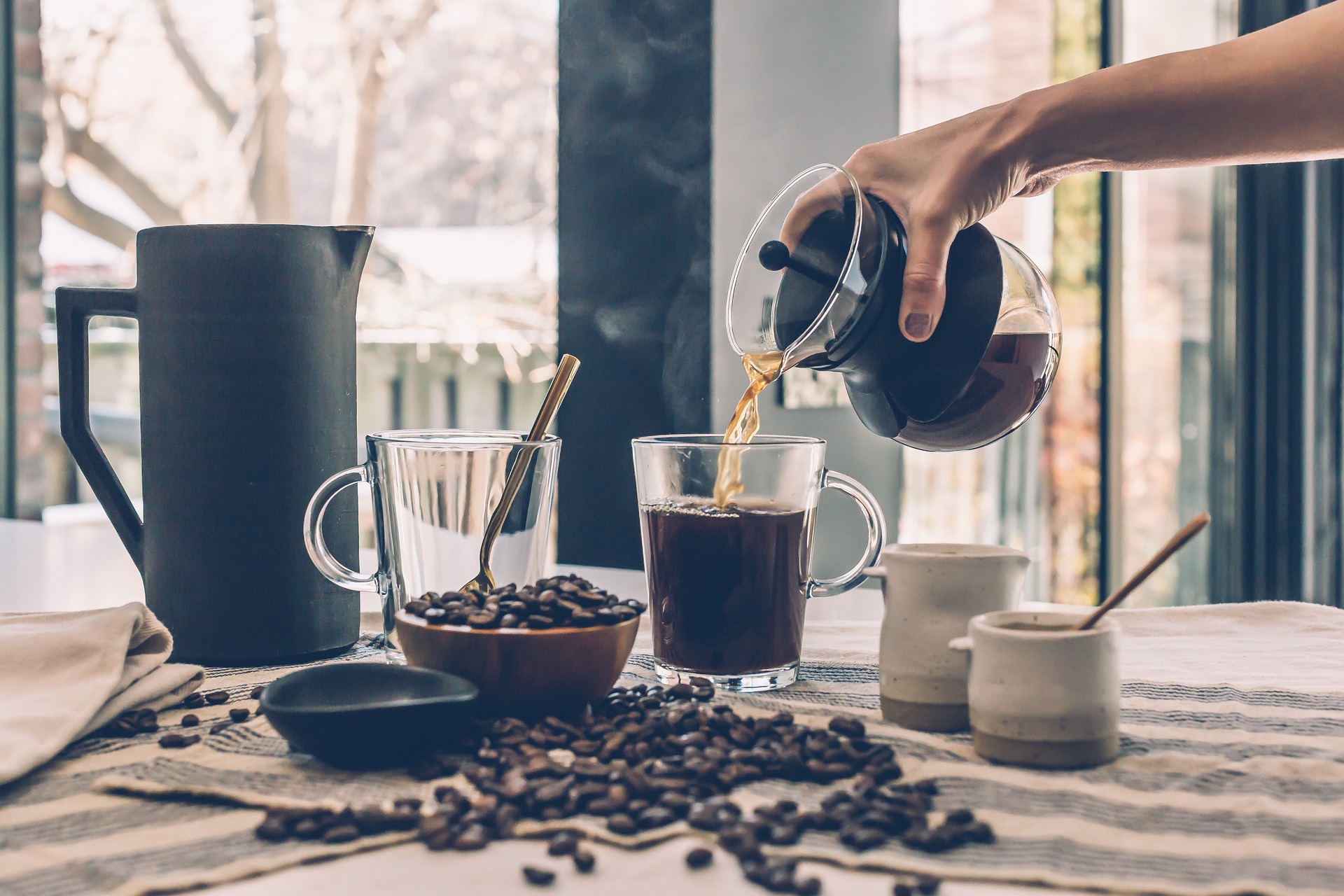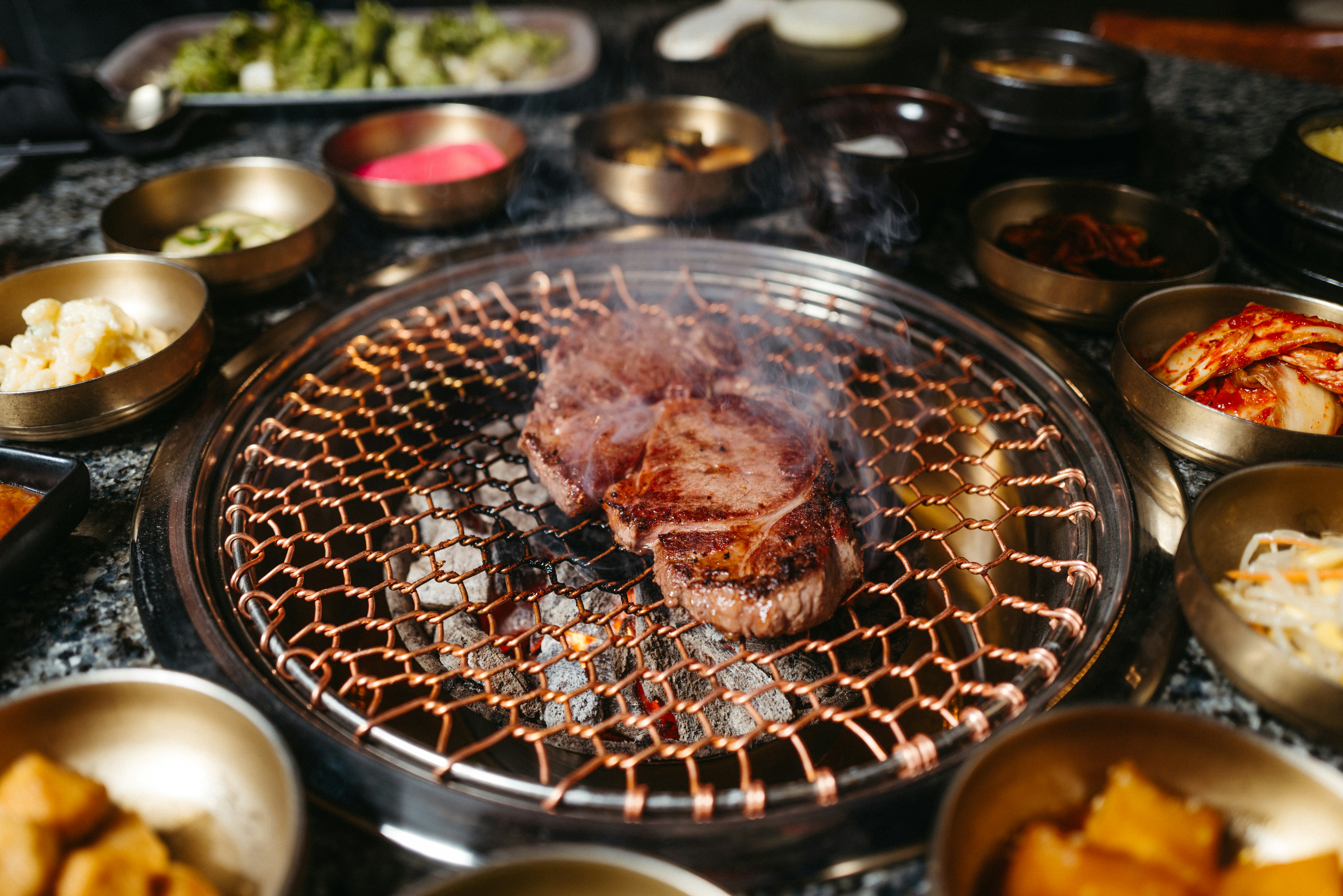Roasting Coffee at Home: An Exciting Culinary Adventure
Jump into the world of artisanal coffee roasting and bid farewell to your pre-packaged, generic beans. This article will guide you through the process of roasting your own beans at home, giving you the power to create the perfect cup of coffee, just the way you like it.

Freshness, Experimentation, and Quality
Roasting coffee at home is a fantastic way to take your love for coffee to new heights. The main advantage of roasting at home is freshness. Coffee is at its best within a few days of being roasted, and this window is when you can taste the true character of the beans.
Beyond freshness, roasting at home opens up endless possibilities for experimentation. You can roast beans to varying degrees, transforming their flavor profile in the process.
Understanding Coffee Roasting Stages
Coffee roasting is a dynamic process that can be divided into several stages. The first stage, known as the drying stage, happens when the beans are initially exposed to heat. This stage is followed by the “first crack,” a moment when the beans start to expand and make a cracking sound.
Post the first crack, the beans begin to caramelize as they continue to absorb heat, developing a deeper, darker color. Home roasters often stop the process at this stage, achieving a medium roast.
Necessary Tools and Safety Measures
To start the at-home coffee roasting journey, you need a coffee roaster. A stovetop popcorn popper also does the trick for beginners. Whichever method you choose, remember that roasting coffee produces a lot of smoke, so ensure that your space is well-ventilated.
Safety should be the utmost priority. Always use oven mitts to handle hot equipment and keep a fire extinguisher handy, just in case.
Steps to Roast Coffee at Home
Roasting coffee at home is a straightforward process. First, preheat your roaster. Add your green coffee beans, ensuring they are evenly distributed. As the beans heat up, they will turn from green to yellow and start to emit a grassy smell.
Listen carefully for the first crack, a sign that your coffee is reaching a light roast. For a medium roast, continue roasting until you hear the second crack. Once you’ve reached your desired roast level, cool the beans quickly to stop the heating process.
Personalize Your Coffee: Tips and Facts
- Coffee roasting is a sensory process. Learn to rely on your senses of sight, smell, and hearing to gauge the roast’s progress.
- Experiment with different bean varieties. Each will have a unique flavor profile that changes with the roast level.
- Always let your roasted beans rest for a few days before brewing. This allows them to emit CO2 and develop a fuller flavor.
Conclusion
Roasting your own coffee at home is about more than just a cup of coffee. It’s a journey that gives you a newfound appreciation for every cup you drink. The process can be as simple or complex as you want it to be, but the rewards – a fresher, more flavorful brew – are well worth the effort.




